Table of Contents
"Not the ones speaking the same language, but the ones sharing the same feeling understand each other."
Rumi
When Your Usual Moves Stop Working
We all have our ways in.
Maybe you’re someone who learns best by reading — by seeing things written out clearly.
Maybe you need to talk it out, to process with someone who gets it.
Or maybe you like to dive straight in and figure it out as you go — sleeves up, feet first.
Some people need time to reflect. Others need permission to experiment.
Some need quiet. Some need contact. Some need a map.
There’s no single right way — only what’s worked for you.
But what happens when your usual way stops working?
What happens when the book doesn’t land, the conversation goes in circles, the doing feels muddy or stuck?
When your go-to move — the one that normally gets you unstuck — leaves you exactly where you started?
You may find yourself thinking:
“I’m doing the thing that usually helps… so why does it feel like I’m getting nowhere?”
It’s tempting to assume you’ve lost your edge.
That you’re blocked, or resisting, or doing it wrong.
But what if you’re not doing it wrong?
What if you’re just trying to enter through a door that doesn’t open this time?
Reframing What Learning Really Is
There’s a popular idea — still floating around in workplaces and workshops — that everyone has a “learning style.”
Visual. Auditory. Kinaesthetic.
You take a quiz. You get a label. You’re meant to stick with it.
And like most simplifications, it starts with a useful observation:
People tend to have ways of learning that feel more natural. More familiar. More effective.
But here’s the trouble.
Those labels don’t describe who you are.
They describe what you’ve had practice in.
Learning isn’t a static trait. It’s not a box you tick.
It’s a set of pathways — shaped by experience, culture, education, personality… and sometimes, pure accident.
If you’ve always learned through books, it may be because you grew up surrounded by them.
So this learning channel is — for you — alive and easy to reach for.
But that doesn’t mean it’s the only one available to you.
Think of it like muscle use.
You’ve built strength in certain areas — through use, through habit, through context.
And those muscles are reliable. They’re part of your grace.
But sometimes, the muscle you normally depend on just isn’t designed for the work in front of you.
And so… you compensate. You push harder.
Or you freeze. Or doubt. Or give up.
What if the issue isn’t effort — but range?
What if there are other learning muscles in you, waiting to be woken up?
Not because the old ones are wrong — but because they’re overused.
And there’s wisdom that lives elsewhere in you.
This isn’t about swapping styles.
It’s about becoming fluent across channels.
It’s about recognising that learning isn’t one narrow function of the brain — it’s a whole-human process.
Learning is a whole-human process.
I’ve felt this kind of shift in my own learning too.
When the topic of prosperity began to press forward in my life, my first instinct was to reach for a book.
I read widely — personal finance, economics, money psychology. I got better informed. Smarter, even.
But not much changed.
Not in how I behaved. Not in how I felt. Not in how money moved through my life.
It took me a while to realise: I wasn’t short on information.
What I needed was a new relationship with money — a different emotional tone, a different moral lens.
The learning that shifted things didn’t live in my head. It had to move through my body, my values, my sense of safety.
That’s when the door began to crack open.
I tell the story more fully in Our Dance with Money — but what matters here is this:
I had to find a different language to learn through.
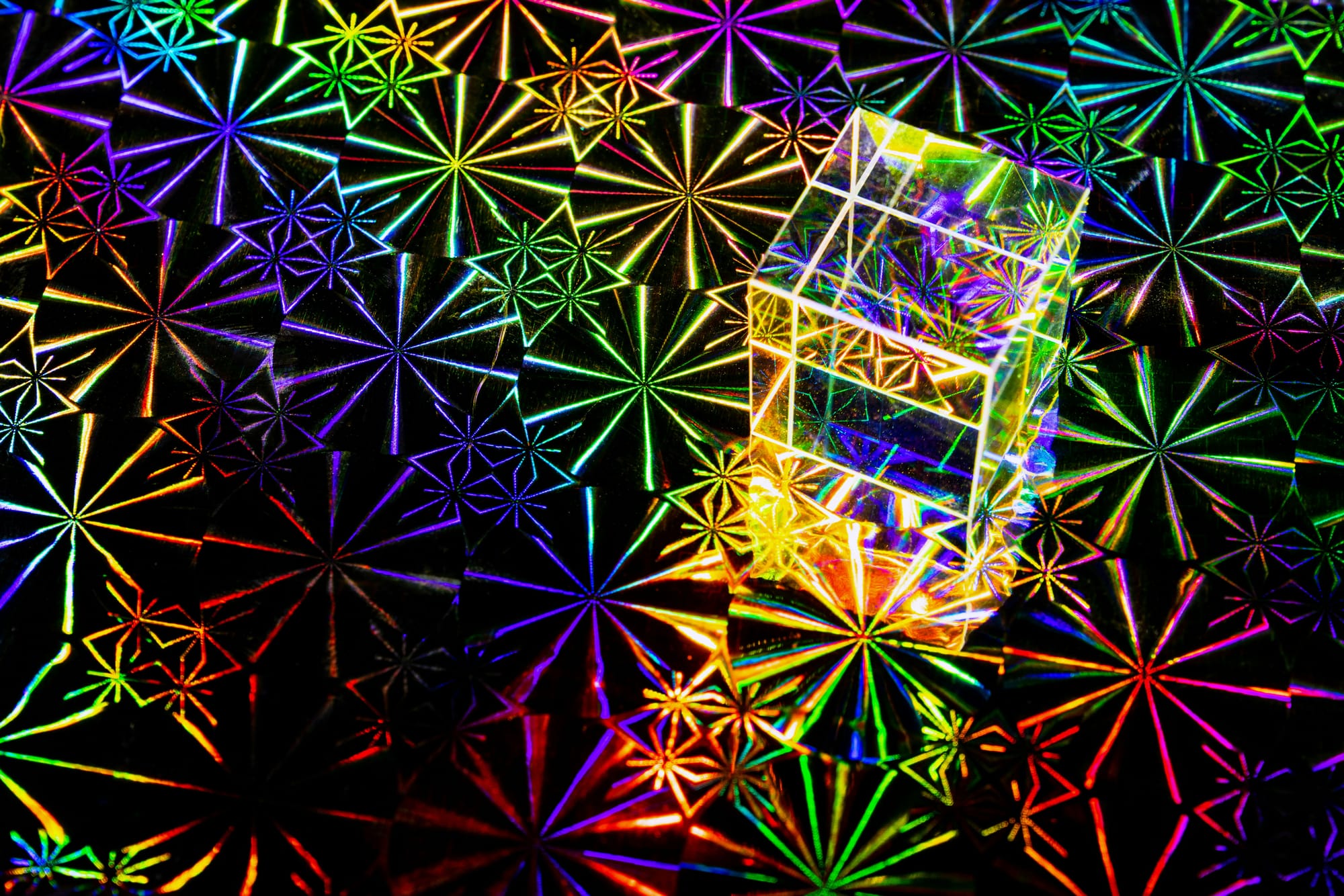
The Languages Within
You don’t have to invent a new self to meet this moment.
You already carry a whole spectrum of ways to engage with the world —
ways of noticing, receiving, interpreting, responding.
These are your languages of learning.
They’re not styles. They’re not types.
They’re channels — and every one of them is available to you.
Some may feel like second nature.
Others might be dusty from disuse.
But all of them live in you.
Let’s name a few.
🧠 Thought
The language of structure, synthesis, and pattern.
This is the channel of frameworks, clarity, and intellectual traction.
When this channel’s flowing, you learn by naming what’s happening — by understanding how the parts fit together.
You find relief in making sense of things.
💓 Feeling
The language of emotion, resonance, and energetic tone.
You learn through the felt sense of something.
What lands is what moves you.
When this channel is active, a concept becomes real only when your body softens, your chest loosens, your breath deepens.
🕯️ Imagination
The language of symbol, metaphor, and image.
You learn by letting the idea unfold inside you — by translating it into pictures, stories, possibilities.
You might not need a map. You need a vision.
Learning here is about spaciousness and inner knowing.
👣 Sensation
The language of movement, rhythm, and embodiment.
You learn by doing. By trying. By sensing.
This is where theory becomes touch — where understanding emerges from physical experience.
It’s the channel of muscle memory, of pacing, of tuning in.
These aren’t mutually exclusive.
They’re more like instruments in an orchestra.
Sometimes one leads. Sometimes another carries the melody.
But when one channel goes quiet, another can often carry the thread forward.
Learning doesn’t stop when your usual move stops working.
It simply shifts tracks.
And the more fluency you build across channels…
The more grace you bring to your growth.
Learning needn't stop when your usual move stops working. It can simply shift tracks.
Channel Check-In
Which of these channels feels most familiar to you right now?
When you’re stuck, where do you tend to go first — thought, feeling, imagination, or action?
And what happens if you try a different door?

When a Different Door Opens
Sometimes the shift doesn’t come from trying harder — it comes from trying differently.
A client came to me feeling completely tangled about a work situation. They’d analysed it six ways from Sunday.
They had the insight. They could name the dynamic. But they couldn’t seem to shift it.
So I invited them to feel into the moment — not to explain it, but to sense it.
We slowed down. Let the body speak.
And what emerged wasn’t a new strategy — it was grief.
Something unspoken finally surfaced, and with it, came clarity.
The insight hadn’t been wrong.
It had just needed a different channel to move it into motion.
Another client was stuck on visibility — the classic “I know I need to be seen, but I’m terrified to be seen” dance.
They’d journaled, processed, even tried mindset work.
But it wasn’t until we brought in imagination — using visual metaphors and symbols to explore the feeling of visibility — that something softened.
Suddenly, they could play with the idea.
Engage it sideways.
And in that space, courage started to grow.
These weren’t breakthroughs born of brute force.
They were shifts that happened when the learning changed language.
Because sometimes, the channel you’re used to… isn’t the one that can meet you.
And sometimes, it’s me who needs to shift channels.
When I find myself circling a question I can’t quite think my way through — when the words just won’t come — I often turn to NeuroGraphica.
It’s a visual, visceral drawing practice I use to bypass the bottleneck of thought and enter the conversation another way.
One afternoon, I sat down to begin a drawing I called The Garden of ByHeart Community.
I had so many thoughts about how to gather and tend to the community I was calling in — too many, in fact. They tangled, overlapped, contradicted.
But as I drew, the noise began to quiet.
My thoughts didn’t just organise — they cohered.
An emotional clarity emerged that no written plan had yet touched.
That’s what a channel-switch can do.
It doesn’t replace what you know.
It lets you find it differently.
The video’s just below, if you’d like to watch the process as it unfolded.
What Else Might Be Available to You?
This isn’t about abandoning your strengths.
Your familiar channels — the ones you return to again and again — are part of your brilliance. They’ve carried you far.
But what if they’re not the only way?
What if your next shift — the one that feels just out of reach — isn’t waiting for more effort…
but for a different door?
Maybe one that speaks in pictures.
Or movement.
Or metaphor.
Or stillness.
You don’t have to master a new skill overnight.
You just need to get curious. To experiment. To notice what happens when you change the channel.
Try it gently.
When your usual way stalls, ask:
“Is there another part of me that knows how to meet this?”
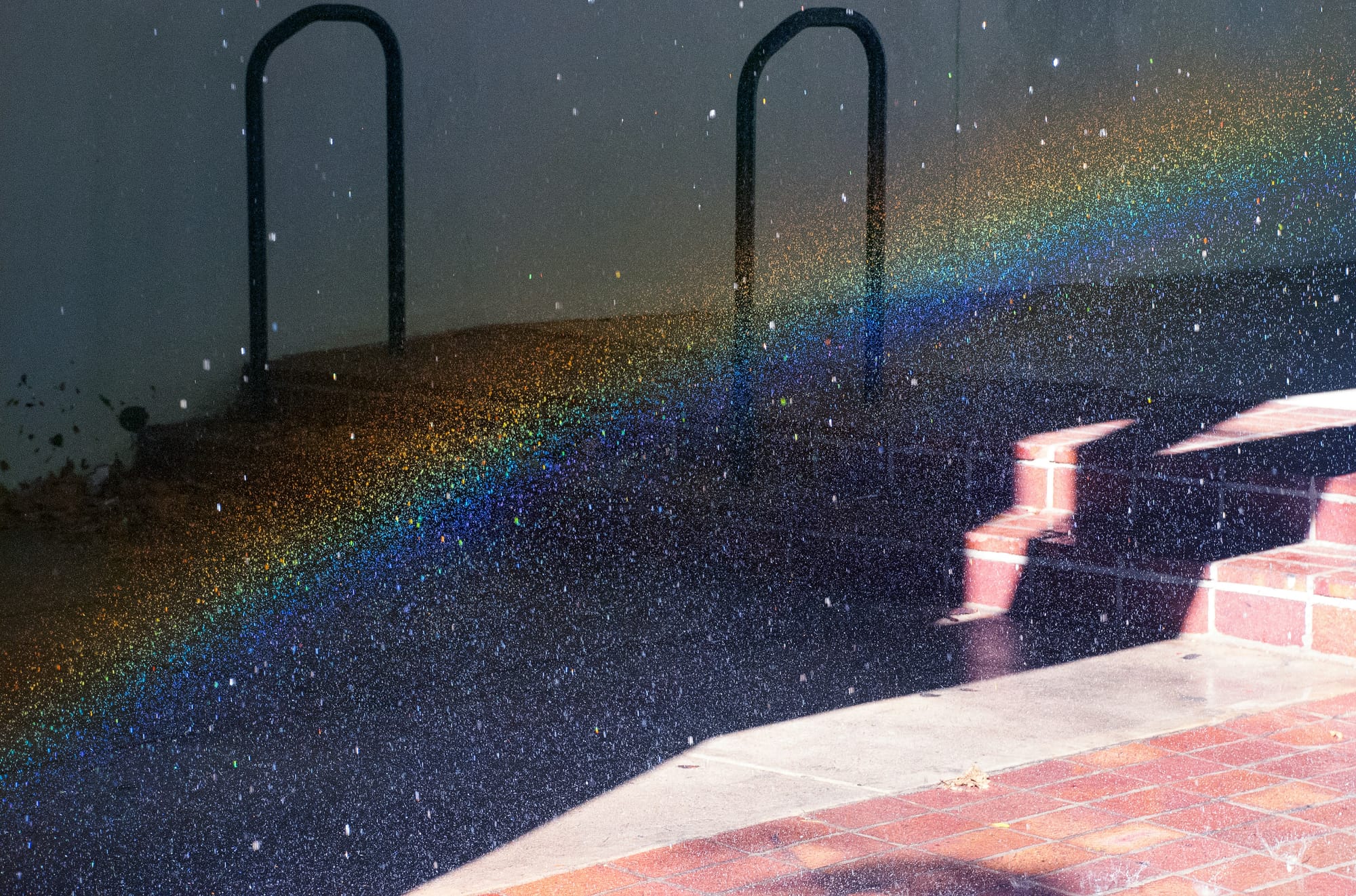
This is the reason I chose to become not just a teacher — but a Teacher–Trainer–Mentor–Coach.
(And later, a SoulWorker, too.)
Many years ago, I watched the film Tinker Tailor Soldier Spy, and on a whim, I jotted down that rhyme as a kind of placeholder for what I sensed I was becoming.
As I stepped into teaching, I realised I wasn’t just interested in what people were learning.
I was fascinated by how.
Not just formal education — every kind of learning there is.
How people change. How insight lands. How imagination, emotion, and practical action meet.
I saw learning as a continuum — from the most explicit, structured kind to the most evocative and soul-deep.
And I wanted to be fluent across the full range.
So I trained not just in teaching, but in coaching and depth psychology.
I wanted to be able to switch channels — from emotion to structure, from metaphor to map — depending on what the moment called for.
Because the more fluently I could speak these languages…
the more precisely, gently, and powerfully I could meet someone right where they were.
And eventually, I knew one more word belonged in that string of roles: SoulWorker.
Because learning people — truly meeting them — means honouring the depth of who they are.
And that depth always includes the soul.
(More on that in the Soulful Psychology piece — or on the Meet Margarita page, if you’d like a proper hello.)

You’re Not Limited. You’re Layered.
If your usual moves aren’t landing the way they used to — it doesn’t mean you’ve run out of growth.
It might just mean your learning is asking for something new.
A different tone. A different shape. A different way in.
Wherever you find yourself,
there is a language that can meet you there.
You are not a type. You are not stuck. You are not a broken puzzle.
You’re a many-channelled, whole-being learner — becoming more fluent in your own unfolding.
So try another door.
Try it softly.
And see what becomes possible when the learning fits you.
Wherever you find yourself, there is a language that can meet you there.


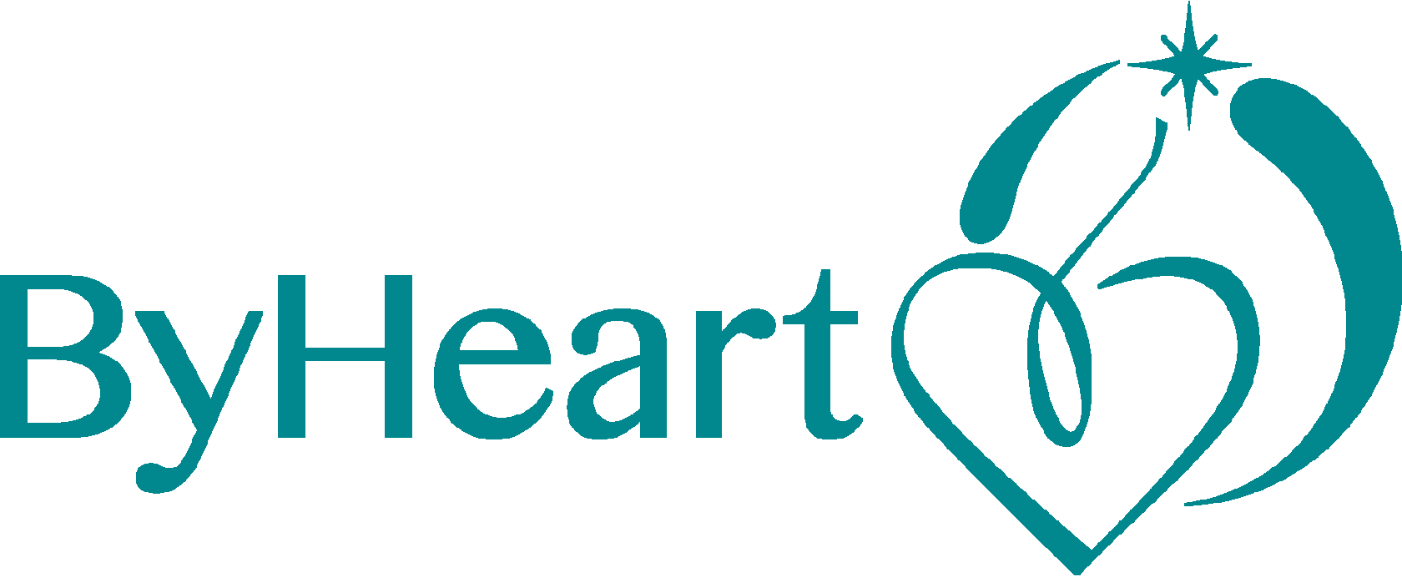
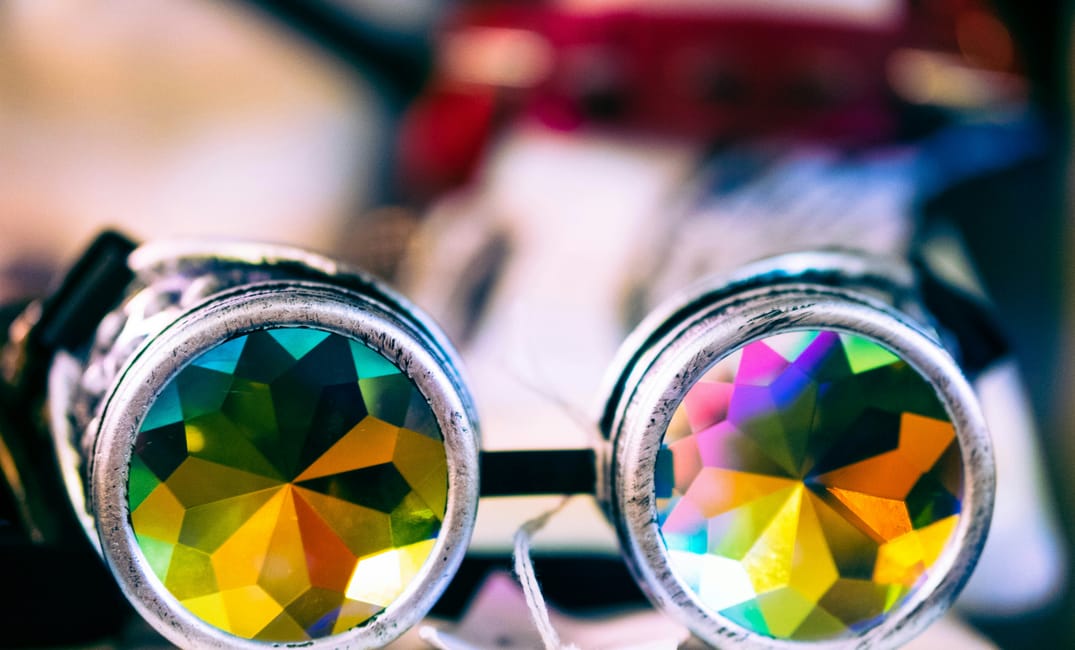





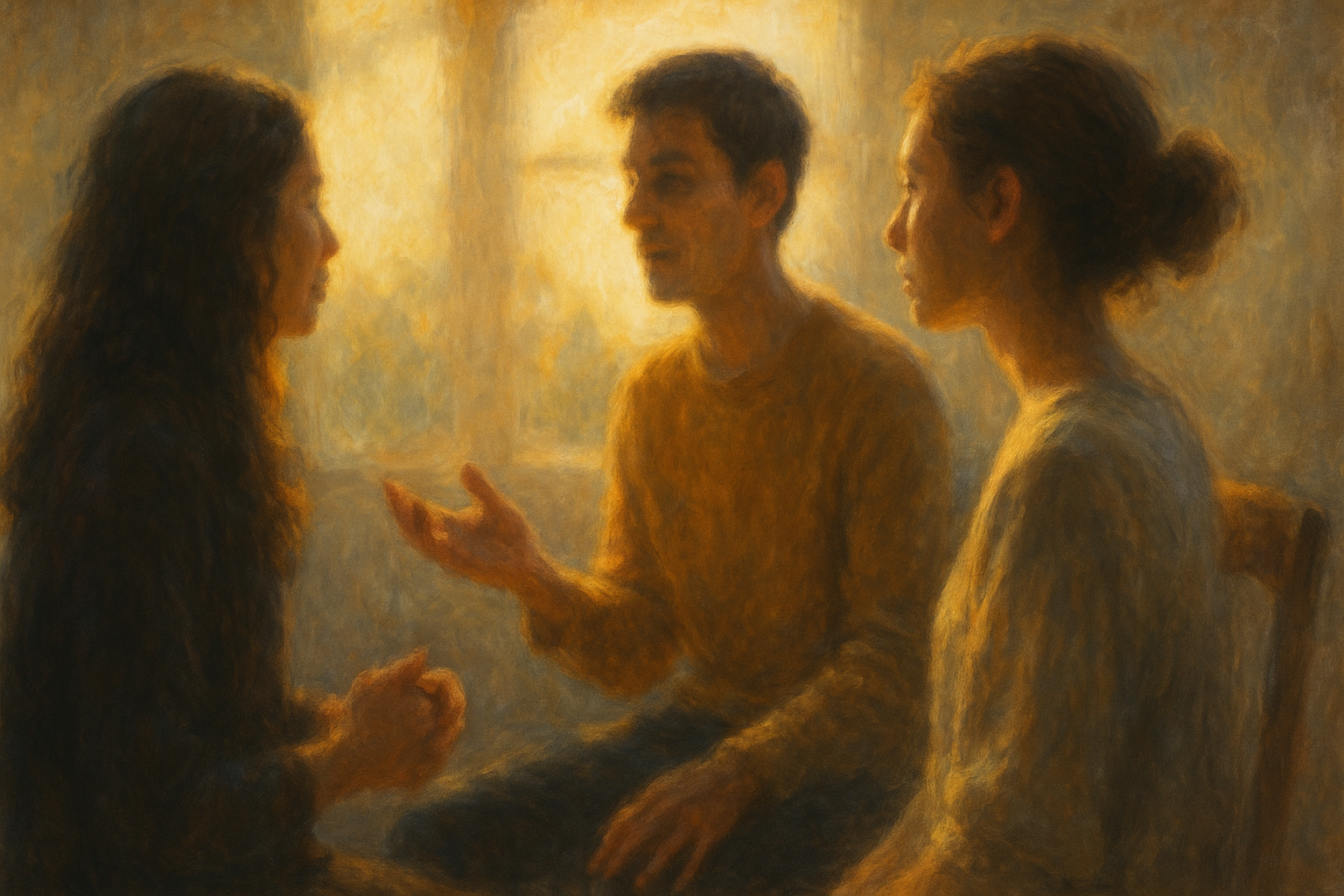
Comments